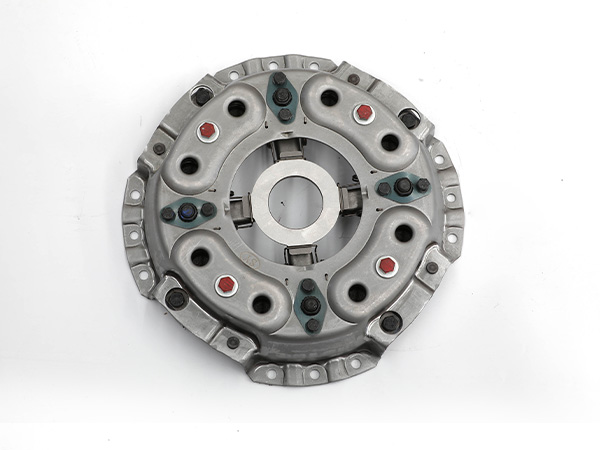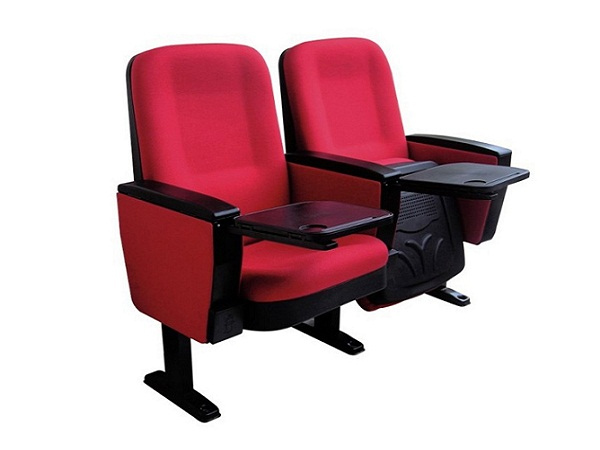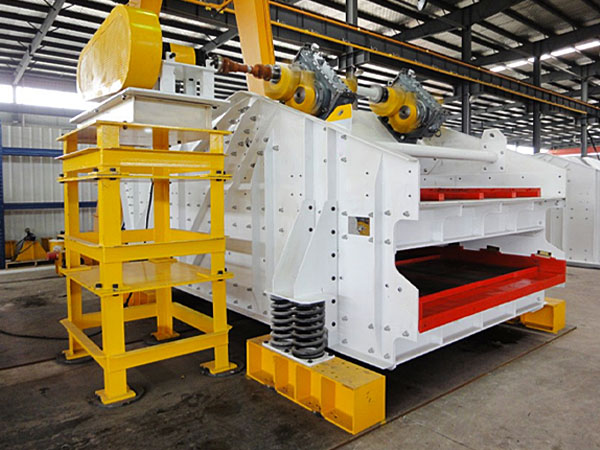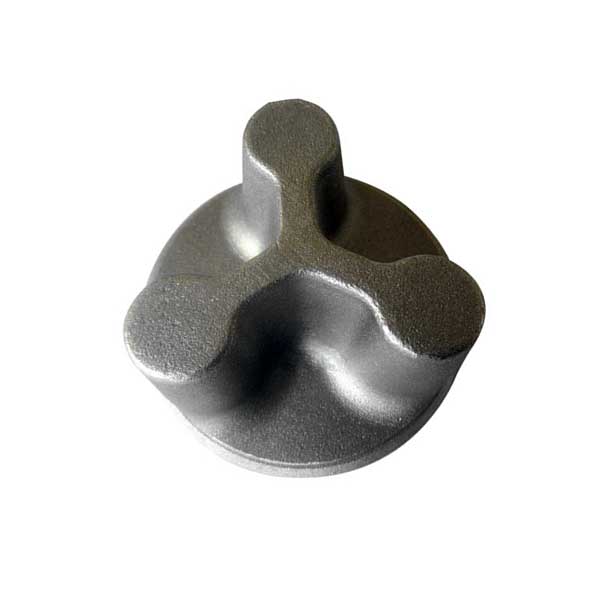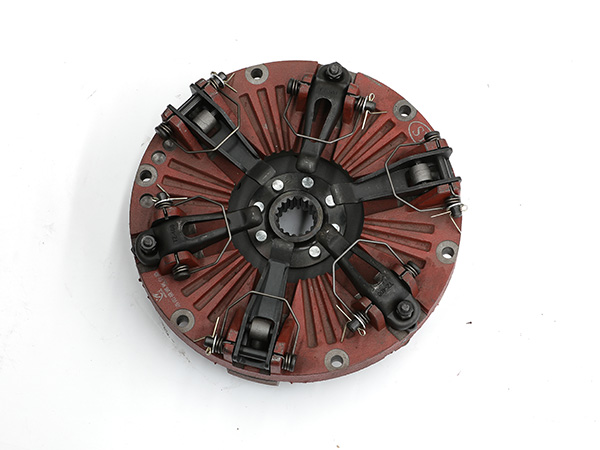With the continuous advancement of science and technology, tractors have entered our daily life, and its application is more and more popular with everyone, and the development trend is showing continuous growth. The use of John Deere tractors has a long history, due to the advantages of turbocharged intercooled engines, shifting transmissions, powerful hydraulic systems, safe and applicable driving conditions, stable tractor clutches and reliable service guarantees, etc. Gradually stand out in the field of shredders.
With the rapid development of the economy, China’s agricultural mechanization has entered a stage of vigorous development. Agricultural mechanization is an important symbol of agricultural modernization, and agricultural machinery is an important carrier to realize agricultural mechanization. The level of agricultural machinery and equipment directly affects the level of agricultural mechanization. With the intensification of competition in the agricultural machinery industry, John Deere tractors are favored in my country due to their many leading features.
Advantages of using a John Deere tractor
(1) Equipped with John Deere imported engine
John Deere’s engines generally use turbocharged intercooled engines, which can quickly adapt to load changes and have excellent performance. The control unit of the turbocharged intercooled engine is electronically controlled, which controls the fuel cutoff more accurately, saves the fuel cutoff lever on the instrument panel, and can control the engine through the key. The operation is simple and convenient, and the fuel efficiency is high; High pressure common rail technology reduces fuel consumption and is economical; equipped with dual temperature cooling system, high cooling efficiency, reducing the frequency of abnormal tractor temperature; turbocharged intercooled engine with high rated power, high torque reserve, and high specific resistance It can still easily complete the expected tasks in the soil environment of 10000W It also improves the airflow and filtration efficiency, makes the engine life longer, and is very beneficial to environmental protection.
(2) Shift gearbox
The John Deere tractor adopts a meshing sleeve shift gearbox. With the continuous reform and innovation, the main and auxiliary transmission area has changed from 12 forward gears and 4 reverse gears to 18 forward gears and 6 reverse gears in 2011. This John Deere tractor has the ideal working speed for a variety of field jobs. The agricultural machine operator can choose the appropriate gear according to different operations, different agricultural equipment, changes in vehicle speed, slope of the ground, specific resistance of the working soil, and the size of the traction equipment to meet the needs of different agronomy. Since the meshing sleeve shift gearbox has a double-acting clutch, it does not need to step on the clutch pedal or stop the vehicle to complete the shift within the segment and realize the power reversal. Bring a higher operating experience. The two-speed PTO shaft safety shield ensures safe operation and use. John Deere tractors use an original clutch that lasts the same as a tractor.
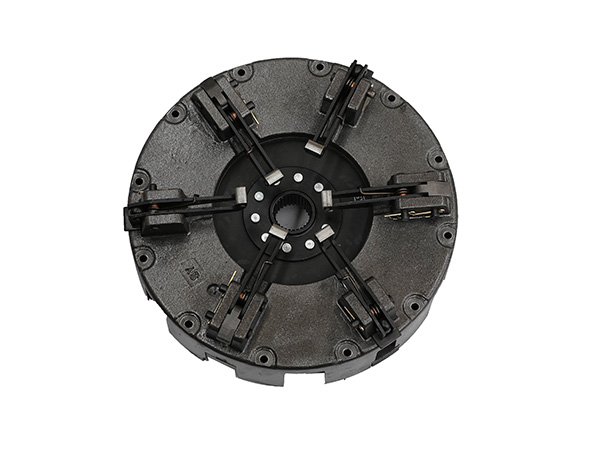
(3) Hydraulic system
The John Deere tractor adopts a closed-center pressure and flow compensation hydraulic system. The unique hydraulic system not only allows the John Deere tractor to have higher control accuracy and faster response speed, but also reduces fuel consumption, noise, and more. Large lift force and more accurate implement adjustment. Not only that, but also equipped with two sets of hydraulic output valves as standard, these two sets of output valves can be equipped with hydrostatic power steering and braking according to the needs of the work, so that the entire John Deere tractor can be operated more easily and the braking effect is better. . Due to the existence of the hydraulic oil filter, its high-efficiency filtering ability can keep the hydraulic system clean, improve the working efficiency of the John Deere tractor, and reduce the maintenance cost of the tractor. The position of the oil dipstick of the tractor is reasonable, which is convenient for the farmer to observe the change of the oil level, which avoids the lack of oil during work and reduces the work efficiency.
…
For more details click to visit:https://www.syclutch.com/news/advantages-of-using-john-deere-tractors.html

